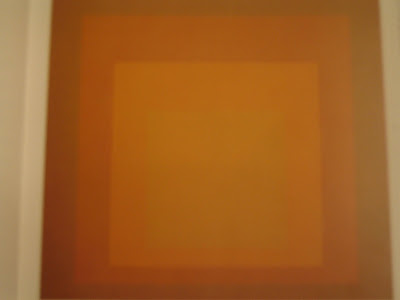
Gunter Behnisch, Hysolar Institute Building, University of Stuttgart, 1987.
Deconstruction- A method of analysis proceeding by re-reading the received art-historical picture and showing where and how it is false to the realities of the cultures in attempts to explain and to the meanings of particular works of art - or in this case architecture. (Gardner)
'Deconstruction in architecture proposes to disorient the observer. To this end, the conventional categories of architecture are set aside and our expectations based upon them upset. Order, harmony, balance, symmetry, regularity, clarity, consistency, continuity, completeness are replaced by their negatives: disorder, dissonance, and so on. We are meant to be confused by a haphazardry of volumes, masses, planes, borders, lighting, locations, directions, spatial relations and disguised structural facts. According to deconstructionist theory, it's the very absence of the assurances given us by habit and the traditional architecture that create the presence of a deconstructed building.' (Gardner)
























